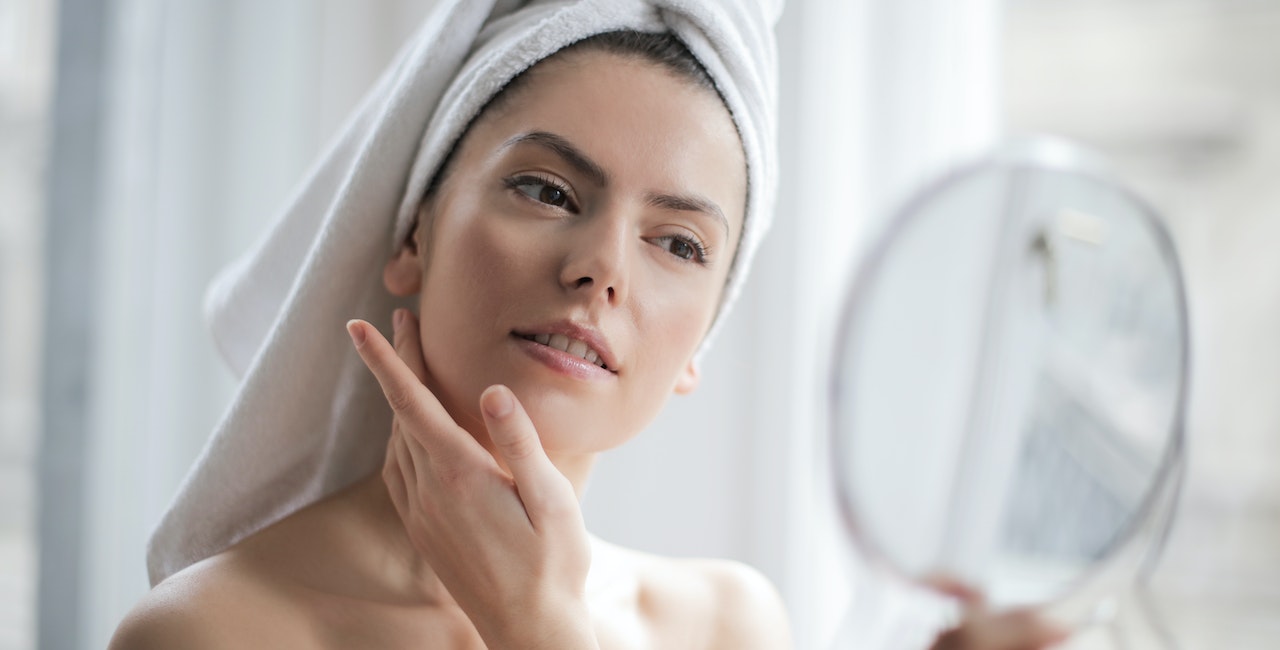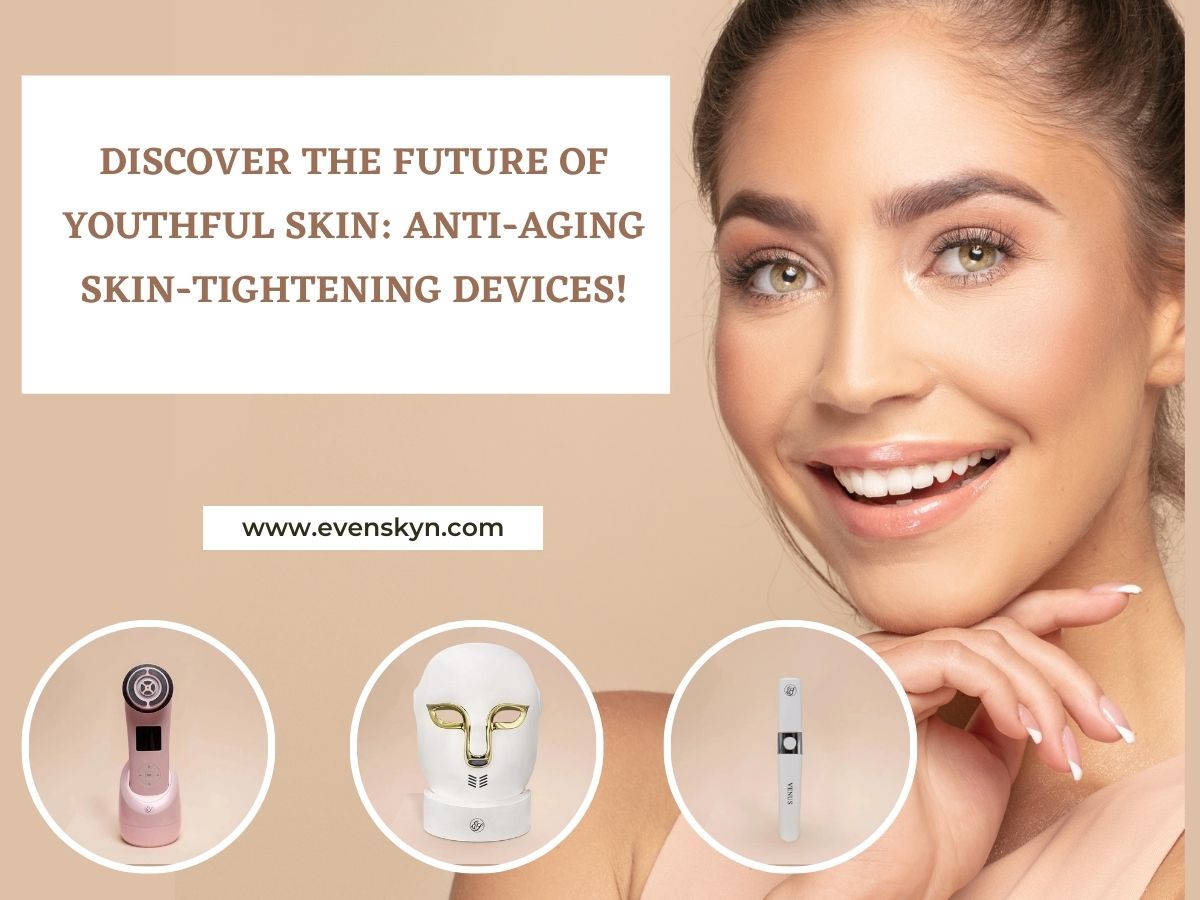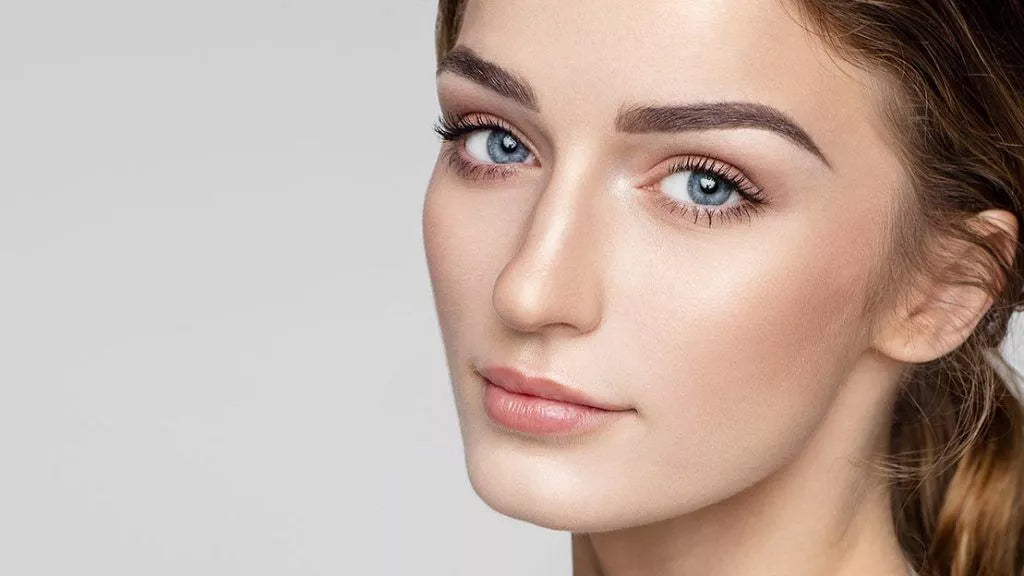Medically Reviewed by Dr. Lisa Hartford, MD
The human body is intuitive for all its functions and is constantly regenerating. This keeps it in good shape on the inside and outside. So many functions are going on in our bodies at any given time.
Tissue repair, regeneration, and replacement of impacted cells is one such function. All the organs, skin, and bones are restored during the process. Epidermal growth factor in the skin ensures the production of fibroblasts and collagen. These two are responsible for skin cell turnover and regeneration.
We know that collagen production in the skin reduces with age. Apart from age, other factors, such as lack of nutrition, smoking, and drinking, may make the matter even worse. Fortunately, with science's help, tissue regeneration enhancement is easy to crack.
The science behind the correlation between EGF and tissue regeneration shows that the process can be improved using red LED therapy.
Epidermal Growth Factor and Its Importance for Tissue Regeneration in Skin
All cell processes in the human body depend on growth factors. Epidermal growth factors specifically work on the layers of the skin. The EGF present in the skin stimulates fibroblasts, collagen, and elastin. Collagen production in the skin dictates the structure and tightness of the skin. It ensures the skin stays healthy and radiant.
EGF attracts cells at the trauma site on the skin while releasing protein from the platelets to trigger the repair process. During this inflammation stage, blood circulation is increased, creating new fibroblasts, blood vessels, and collagen. This helps to repair the skin evenly.
As you age, epidermis EGF decreases, leading to reduced elasticity and collagen in the skin.
This is followed by aging signs such as wrinkles, lines, sagging, and dullness. Tissue regeneration declines as we age and starts appearing through these signs.
Since EGF is declining, the epidermis tissue may require a nudge to stimulate active biomarkers. A solution to these factors may be using red LED therapy for the skin.
What is So Special About Red Light Therapy?
Red light therapy works at a low frequency and has a deep penetrating ability. With a wavelength of between 600 nm to 700 nm, it can reach the dermis layer. Scientists have been intrigued by its healing abilities for wrinkle and scar reduction.
The red light reaches the cells and works on the mitochondria. Receiving external energy, the cells start new growth, resulting in skin rejuvenation. It works by stimulating collagen production, increase in fibroblast and skin elasticity. Moreover, it may increase blood circulation, delivering more oxygen to the skin cells. Another feature is wound repair and redness reduction.
Keep reading to learn the science behind the effectiveness of red LED therapy!
Impact of Red Light Therapy on Epidermal Growth Factors
In a recent study, human skin tissues or dermal fibroblasts were collected through plastic surgery. They were exposed to red (640 nm), infrared (830 nm) LED lights for ten minutes. Later, these cells were studied for the efficacy of low-level red or infrared LED light on the extracellular matrix (ECM) proteins. A noninvasive fluorescent measurement was used to assess ECM protein function.
The result was in favor of red light therapy. Treatment of human skin cells with a combination of low-level red and infrared LED lights increased hyaluronic acid synthase (HAS2). Another achievement was the rise in elastin (ELN) gene expression in human fibroblasts in just 3 days.
Human fibroblasts exposed to red light had more hyaluronic acid, elastin, and collagen protein.
To be precise, a one-week LED therapy resulted in gene expression of HAS2, ELN, and collagen types Col1A1 and Col1A3.

The dermal fibers in human skin explants demonstrated several antiaging biomarkers with increased elastin and procollagen. All these are essential for keeping the skin healthy. This study shows low-level red light treatment to be effective in tissue regeneration and antiaging benefits. If your skin has signs of aging and photodamage, it will benefit from consistent red LED therapy.
In another blind study, eight patients were evaluated using red light LEDs. Their hand or foot was subjected to red light LED 2-3 times/week for 6 weeks. The result was reduced pain and less visible erythema in the skin when checked at 4, 6, and 8 weeks. Besides, no side effects or reactions were noted during or after the study. This shows red light therapy is a safe option to rejuvenate the skin with multiple benefits.
How to Use At-Home LED Phototherapy Face Mask?
Among other benefits, at-home LED mask therapy will save you time and money. Getting a durable device will be a one-time investment, while you may use it consistently for the best result. Try the EvenSkyn Mirage: Pro LED Phototherapy Face Mask for at-home LED therapy. It has 204 LEDs for skin rejuvenation with red, blue, and yellow light.

You may use red light for collagen synthesis, blue light for acne reduction, and yellow light for wound healing and overall skin rejuvenation. The mask has built-in eye protection and an LCD remote, making it a convenient choice.
Using the mask is a simple process! Besides, follow the manufacturer's instructions carefully to ensure effective treatment. Always start any treatment with a clean face. You don't want residual makeup or skincare to come in the way of the mask. Wash your face with a gentle cleanser.
You may also double-cleanse with oil if you're wearing heavy makeup. Pat your skin dry. Most
LED masks have adjustable straps or attachments to ensure a comfortable fit. Adjust the mask on your face and place it close to the skin.
Follow the specific instructions to turn on the LED mask. Activate the lights using the buttons on the remote and adjust the light color and frequency.
Use the mask for 5-10 minutes initially. Increase this time to twenty minutes after a few days. Remember to relax and stay in a comfortable position while the mask works. Note that consistency is key to getting the best results from your LED phototherapy face mask.
Once done with the LED treatment, apply your usual skincare as needed. You may want to clean the mask after each use to ensure it does not develop bacteria.
Wrapping Up
Red light therapy is a promising treatment in tissue regeneration. The high penetration ability of the light makes it capable of reaching the dermis layer and treating your wrinkles and scars more deeply.
With an at-home LED phototherapy face mask, you can achieve antiaging results while saving time and money. The device is easy to use, but some initial precautions are recommended for better results. Stay consistent, and you will see a visible change in your skin in a few weeks—it will have fewer wrinkles and feel more firm.
References:
Márcia Busanello-Costa, Ana Claudia Muniz Renno. "Red LED light therapy associated with epidermal growth factor on wound repair process in rats" 2023
Brian Kim. "Low-level red and infrared light increases expression of collagen, elastin, and hyaluronic acid in skin" 2019
Sabrina Rohringer, Wolfgang Holnthoner. "The impact of wavelengths of LED light-therapy on endothelial cells" 2017
James Varani, Michael K. Dame, Laure Rittie. "Decreased Collagen Production in Chronologically Aged Skin" 2006
A Knuutinen, N Kokkonen, J Risteli, K Vähäkangas. “Smoking affects collagen synthesis and extracellular matrix turnover in human skin” 2022
Emeka Enwere, Tetsuro Shingo, Christopher Gregg. “Aging Results in Reduced Epidermal Growth Factor Receptor Signaling, Diminished Olfactory Neurogenesis, and Deficits in Fine Olfactory Discrimination.” Journal of Neuroscience 22 September 2004
Neville N Osborne, Claudia Núñez-Álvarez, Susana Del Olmo-Aguado. “Visual light effects on mitochondria” 2017









Leave a comment
All comments are moderated before being published.
This site is protected by hCaptcha and the hCaptcha Privacy Policy and Terms of Service apply.